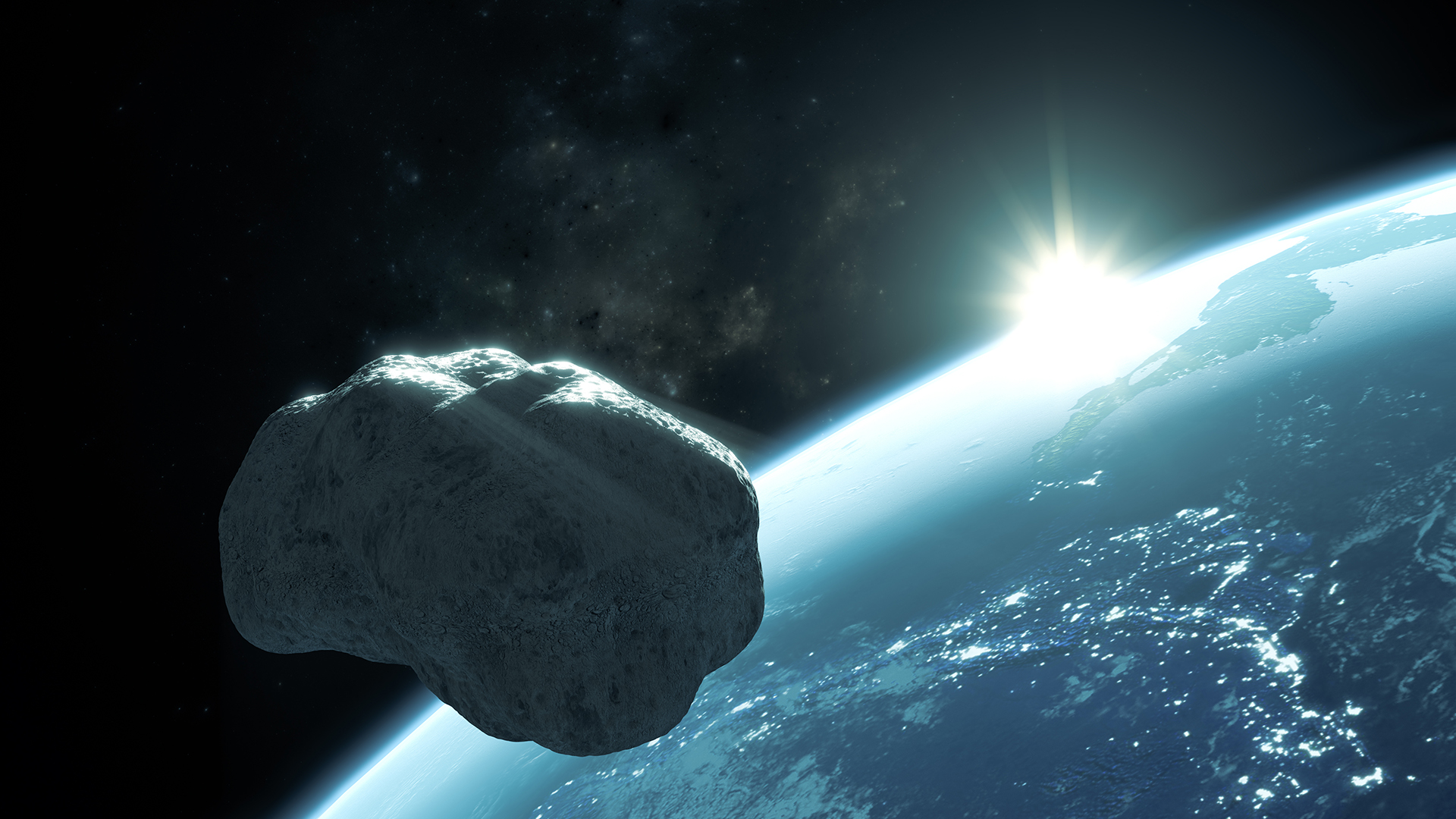Several weeks ago, there were a flurry of headlines about the chances of a newly discovered asteroid – 2024 YR4 – hitting Earth. The highest probability stated was 3.1%, about a 1 in 32 chance of hitting. Since this peak, the odds of a collision have been downgraded to a 0.0004% chance – so essentially zero. This drop in likelihood is understandable: when asteroids (or any object for that matter) are first identified, tracking models have a limited amount of data they can use to chart a course. As more observations are made, more data is collected, and these models are refined. Such was the case with 2024 YR4.
With initial estimates having placed the asteroid at a ‘keep-an-eye-on-it’ level, some media outlets very helpfully speculated that a cataclysm was inbound, whilst others attempted to calm matters by noting that the asteroid was only big enough to wipe out a city, so we could all rest easy. However, having watched the discussion unfold, this coverage – arguably – overplayed the issue, as even at the highest estimation, there was still a 97% chance of it missing Earth, which are rather nice odds. Added to this, there was no information as to where it may land in the event of a collision. As most of the Earth’s surface is water, it would probably be safe for us to relax (in most instances).
- We live in what feels like dark and anxious times – but there’s still lots we can learn from the stars
- Douglas Adams loved much about life and the universe – unlike today’s billionaire space explorers
- Tiny but beautiful meteorites fall to Earth every single day – here’s how to find them
Although asteroids make for splashy headlines due to the Armageddon-type scenes we’ve all watched in Hollywood movies and the fact they wiped out the dinosaurs, the likelihood of them creating a humanity-ending event is very unlikely. So, a big deal was made over a 3.1% chance.
While it’s understandable that this event grabbed headlines, this relatively unlikely outcome distracts from a much larger issue that poses more risk but doesn’t generate the same level of public interest: space debris. As human activity in space increases, so does the amount of debris – or ‘junk’ – left floating around in space. This has implications for both activities in orbit and for us living on Earth, with increasing instances of ‘uncontrolled re-entries’ (crash landings) happening. Some instances have already grabbed headlines, with the rocket stage from China’s Long March 5B having fallen back to Earth in 2022 and, more recently, a SpaceX Falcon 9 rocket crashing into Poland.
Although instances such as these are fairly rare, with increasing numbers of satellites, launches, and payloads (the equipment or instruments being carried), the likelihood of such events increases. Space junk is not simply an issue for those of us wandering around on the Earth’s surface, either: it also poses increasing risks to objects in Earth’s orbit. While a collision in Outer Space may not seem like something worth worrying about on Earth, the satellites in space enable us to forecast the weather, monitor and respond to natural disasters, use GPS, and helps to monitor sea and air traffic. So, pretty handy stuff!
We don’t have to start looking skywards for small pieces of junk hitting us here on the ground – smaller pieces tend to burn up on re-entry, so we don’t even notice it. However, small pieces of junk can be a problem for those lovely satellites that help us do all sorts of things – including many of the GPS-enabled services on our smartphones that we’ve come to rely upon.





